There has been a significant increase in the number of Chinese books sold by online bookstores with pinyin to help people who are learning Mandarin Chinese, but there are not as many similar books for people who are learning Cantonese Chinese.
Today, I’m excited to introduce a book with the Cantonese romanization that you can use to teach your kids Cantonese.
This is a sponsored post. I received one My First Everyday Words in Cantonese and English as compensation for writing a review. I was not required to write a positive view, and all opinions expressed here are my own.
The post contains affiliate links, which means I may receive a small commission, at no cost to you. If you make a purchase through a link. See the Disclosure for more details.
Table of Contents
We Need More Children Books in Cantonese
When I was first contacted to do a book review for Karen, I was surprised and couldn’t believe my eyes that it was a book in my native language.
All the photos in the book are so “Asian” that I couldn’t believe Karen isn’t living in Hong Kong or anywhere close to Asia.
Inside the book, I found a note from her explaining that she wrote this book for her husband and son who are learning Cantonese.
Doesn’t this sound like you?
She told me that when she noticed there were almost no resources for Chinese characters or Chinese books for her family, she decided to create one that her family and others would enjoy.
Click HERE to understand better the relationship and differences between Mandarin and Cantonese.
About the Author
Karen Yee is a native Cantonese and English speaker who grew up in the United States. A graduate of Stanford University and The Wharton School, she is passionate about language and multilingual parenting.
She was a National Spelling Bee finalist, taught English in Japan and currently leads a language specialist team at Google.
Upon becoming a parent, she was determined to raise her son bilingually. However, she soon discovered there are very limited materials for learning colloquial Cantonese. Most “Cantonese” books focus on formal Chinese and aren’t appropriate for learning conversation, and very few include the Cantonese pronunciation for Chinese characters.
She created the “Chinese-English Book for Kids” series based on what worked for her own family.
Karen loves hearing about bilingual parenting and sharing Cantonese culture and language, and can be reached at everydaycantonese@gmail.com.
Summary of this Book
This is a bilingual book with Chinese characters, Jyutping (Cantonese romanization), phonetic pronunciation, and English translation for every word that introduces written Spoken Cantonese to preschoolers.
Each word goes with a photo from a sequence of a preschoolers’ daily life. There is also a special section of introducing traditional Cantonese cuisine, dim sum.
Each section of the book starts with a very simple phrase, so little kids can learn to use the vocabulary to form simple daily sentences.
Why do I Love this Cantonese Children Book?
It is a small, light-weight, colorful bilingual book. Toddlers and preschoolers love to read and look at all the pictures.
It is very rare to have Cantonese romanization with Chinese characters and English translation. For parents who are not native Cantonese speakers, or not fluent in Cantonese, this is the perfect book for introducing Cantonese to their kids.
I also love the sequence and order of the book. It simply talks about the day of a toddler/preschooler from waking up in the morning, choosing what clothes to wear, doing different daily activities, eating, playing with toys, and going to bed at night. The little bonus section introducing dim sum is just icing on the cake.
Watch How did I read with my 2 years old
How did he do as 2 years old? What’s your favorite part of our reading time?
We’d love to hear from you, so please leave a comment below or in the video.
What is Jyutping?
There are many Cantonese romanization systems to help others to learn Cantonese, but the Yale, Sidney, Lau, IPA, and Jyutping are the most common.
The Linguistic Society of Hong Kong promotes Jyutping as the standard romanization system. Click HERE to learn more about Jyutping.
How Can I use it to Teach my Kids Cantonese?
- Use it as a picture book at home with your toddlers
- Make your own labels using the Jyutping from this book and put them all over your house
- Make your own flashcards using words from the book
- Practice speaking and using the words from the book every day
Click HERE to learn How I motivate my children reading in Cantonese and English
I am creating more Chinese Children Books in Jyutping and even some Colloquial Cantonese versions as well. I hope these resources will be helpful for you and your child to learn Cantonese.
Click the images below and take a closer look.
You Might be Interested:
- An Interview about My Homeschooling life in Hong Kong
- Homeschooling in Hong Kong: The Fortune Cookie Mom from Honey! I’m Homeschooling My Kids
- How to Create a Language-Rich Environment to Learn Chinese at Home
- Chinese: The Relationship Between Spoken and Written Form
- How I Motivate my Children Reading in Cantonese and English
- 5 Steps to Help Kids Memorize the Chinese Multiplication Table
- How to Make Cantonese-Style Rice Dumplings with Kids
- Chinese New Year Flower Market Pretend Play
You Are Not Doing it Alone
Join my Facebook support group to meet and get connections with parents and educators with the same goals.
After being a member, you can attend all the special LIVE training, events, and activities together.
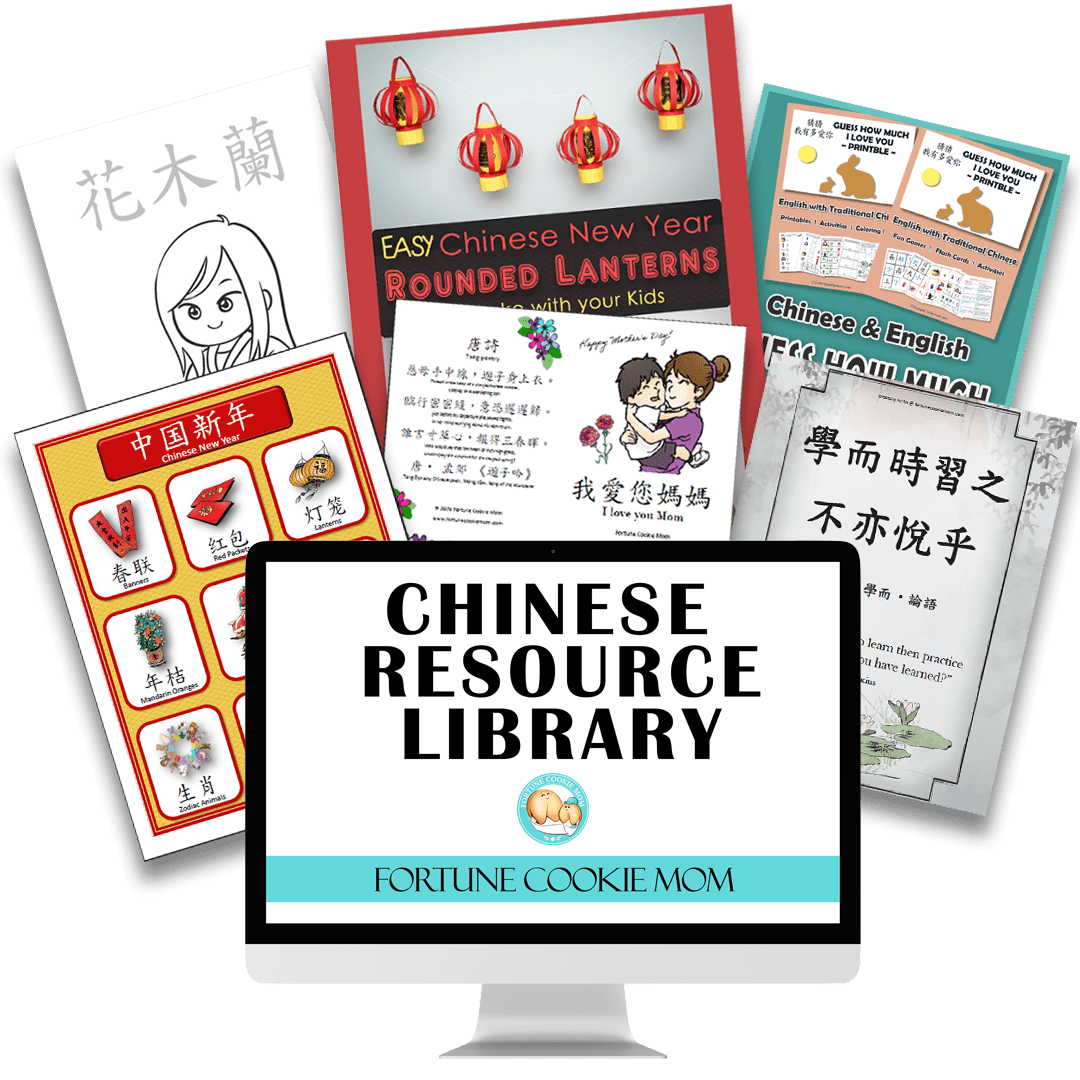
身为职业妈妈的我,常常牺牲睡眠来自作教材。版主全方位学习的新年教材真让我省下不少宝贵的时间找资料。四岁的女儿对中文学习有点抗拒。我们善用版主提供的迷你故事书和生字卡来增强她对语文的认识。版主的中文单词棋盘游戏更让女儿投入学习, 因为她想赢嘛!版主的教材可让小孩边玩边学, 太棒了。
This is the second 5-Day Challenge that we have done with Fortune Cookie Mom. Both have been very beneficial to our family. I am a homeschool mom of three little kids. We are not Chinese and do not speak any Chinese. With the help of Fortune Cookie Mom, we are slowly learning! The challenges have given me fun activities to do at home with the kids. Each one has reignited my kid's interest in learning. It has been a fun experience for everybody!
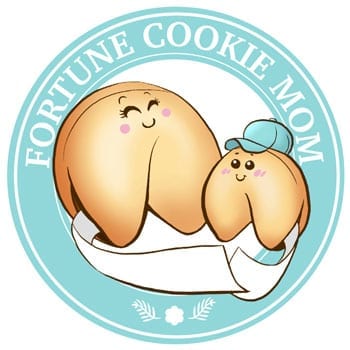


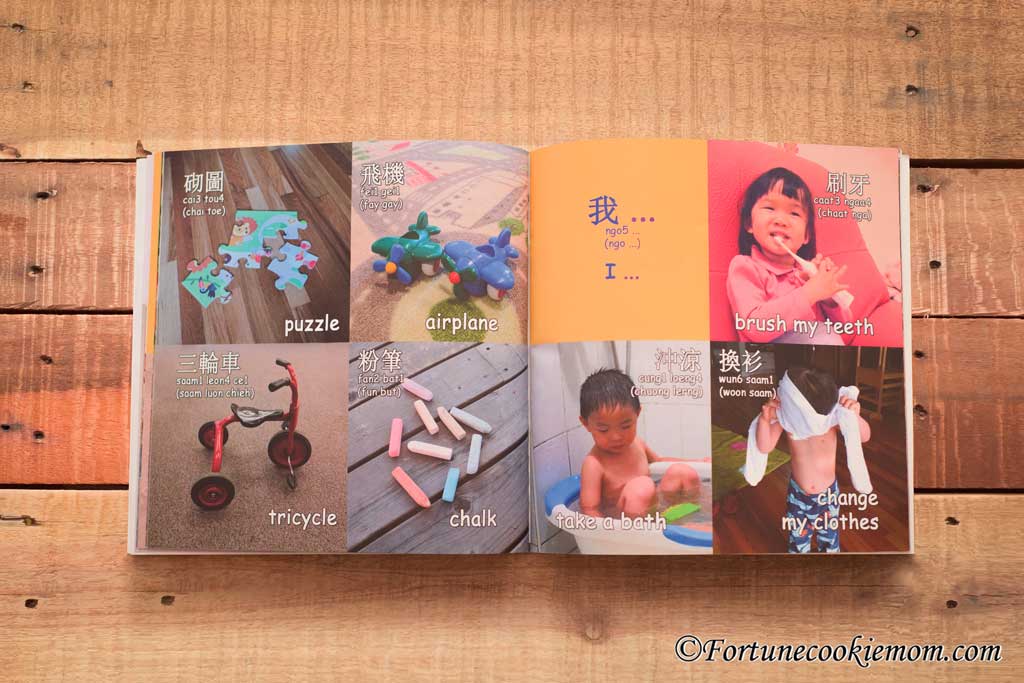
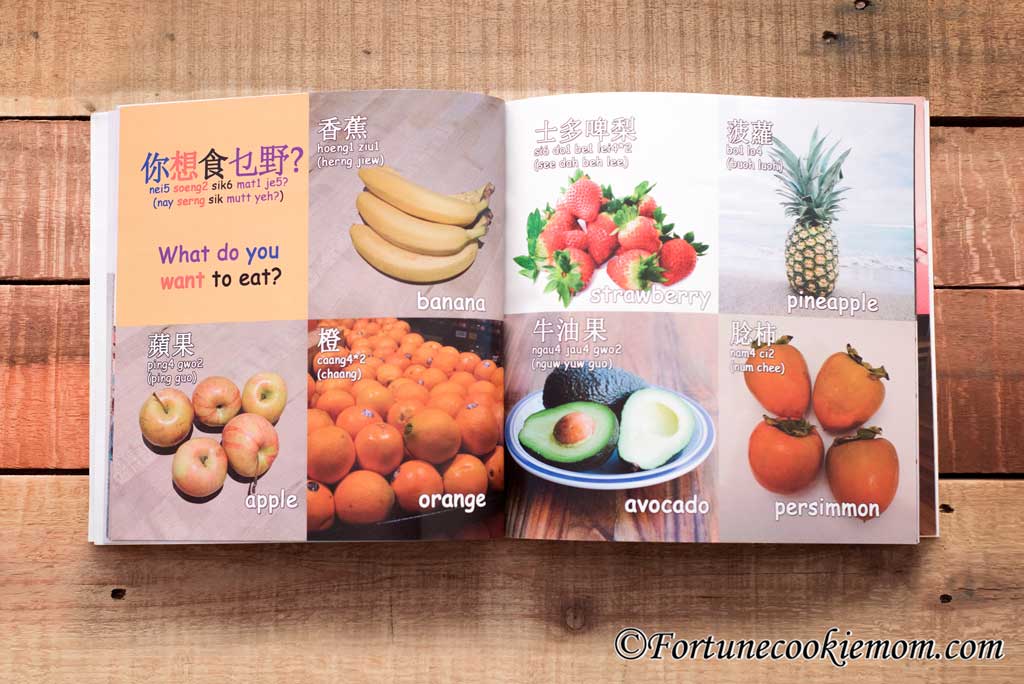
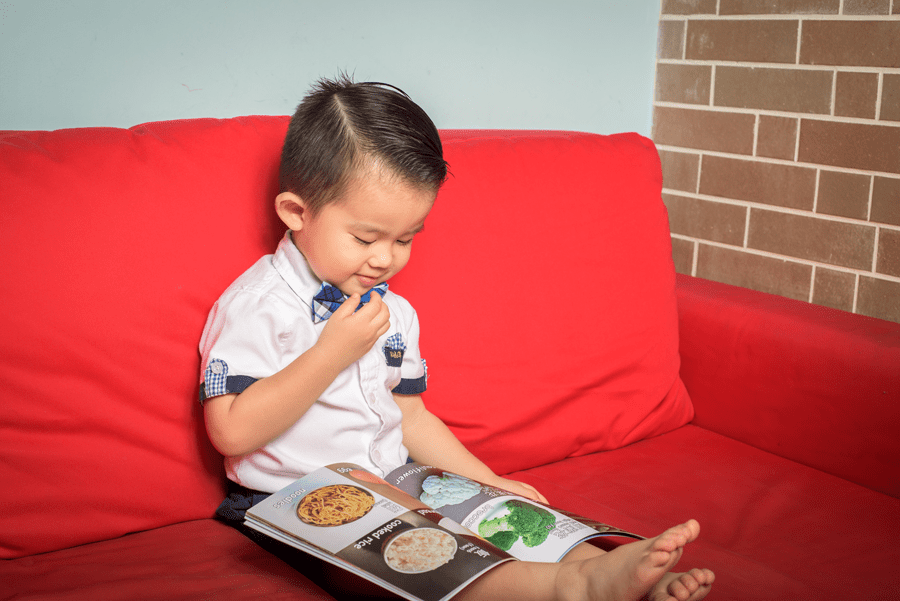
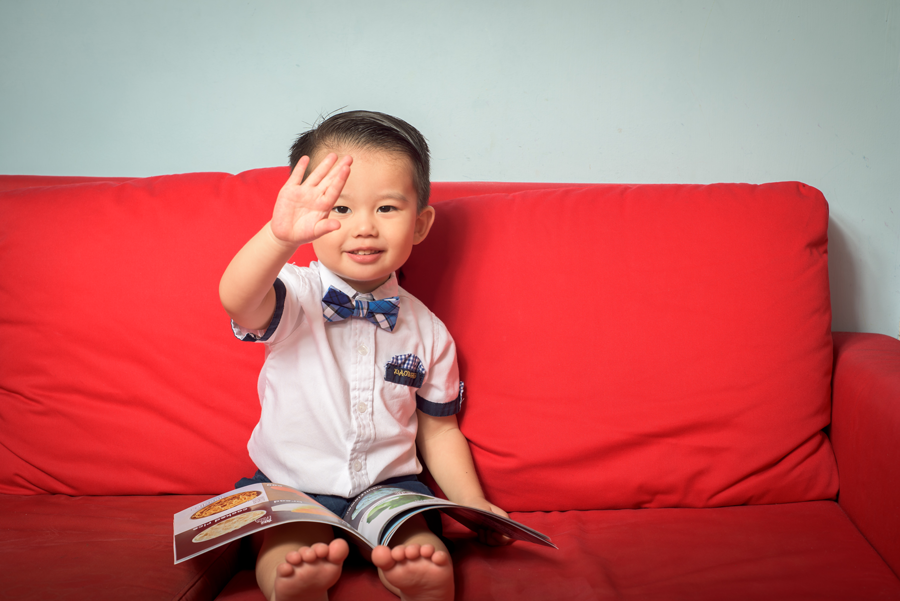
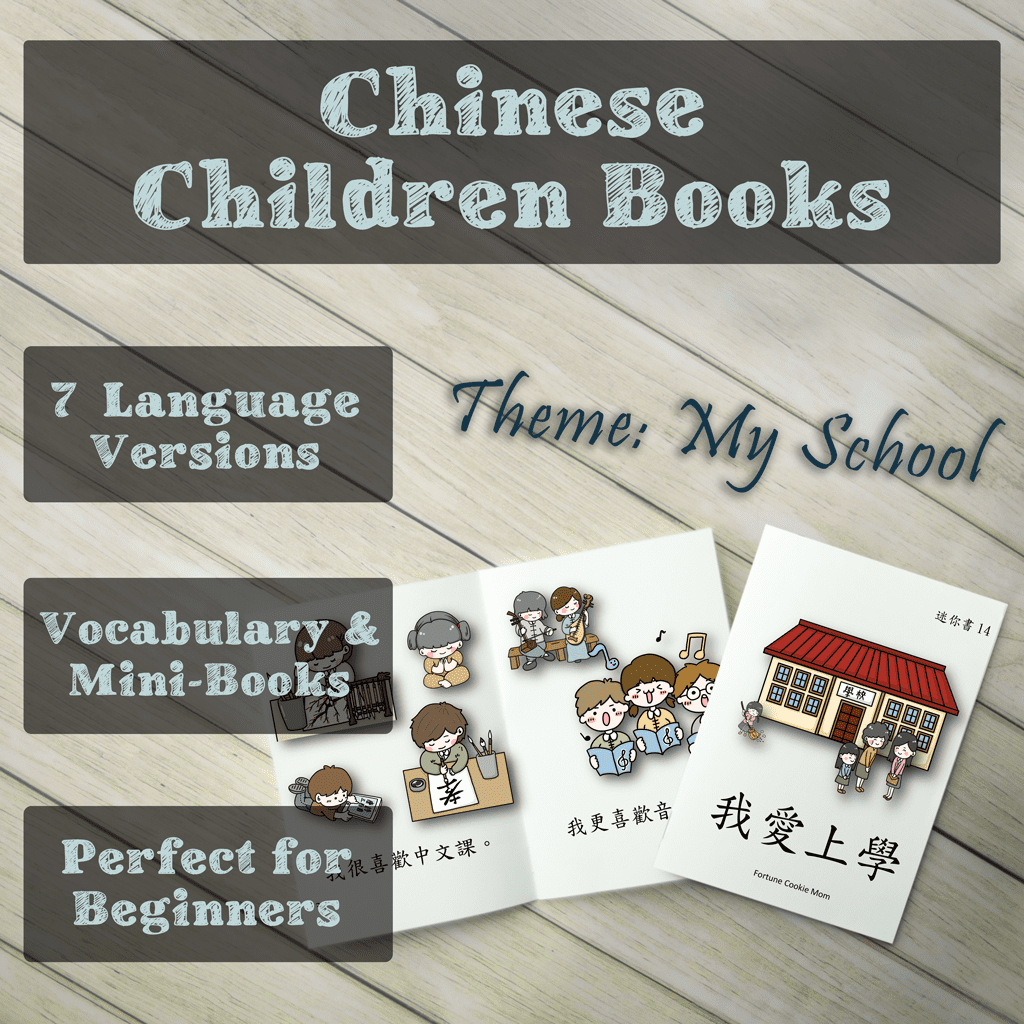
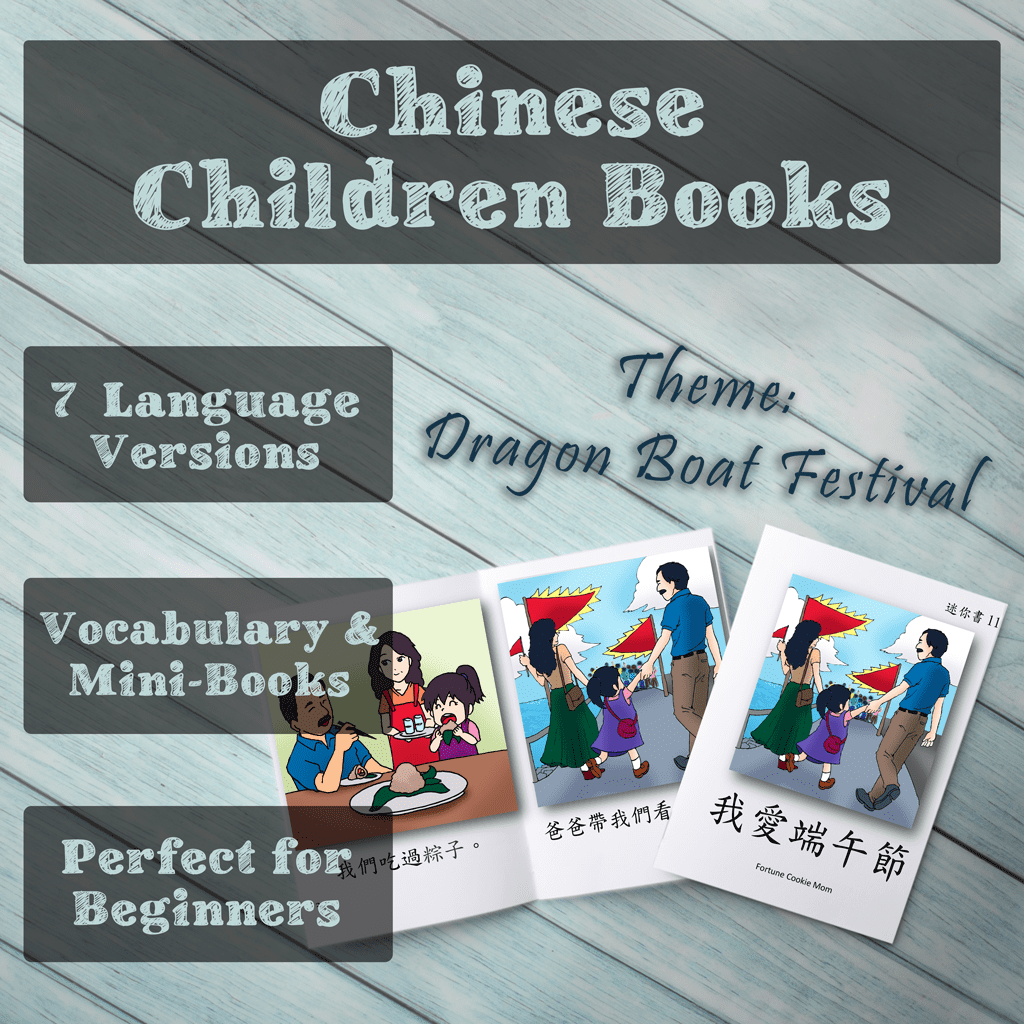
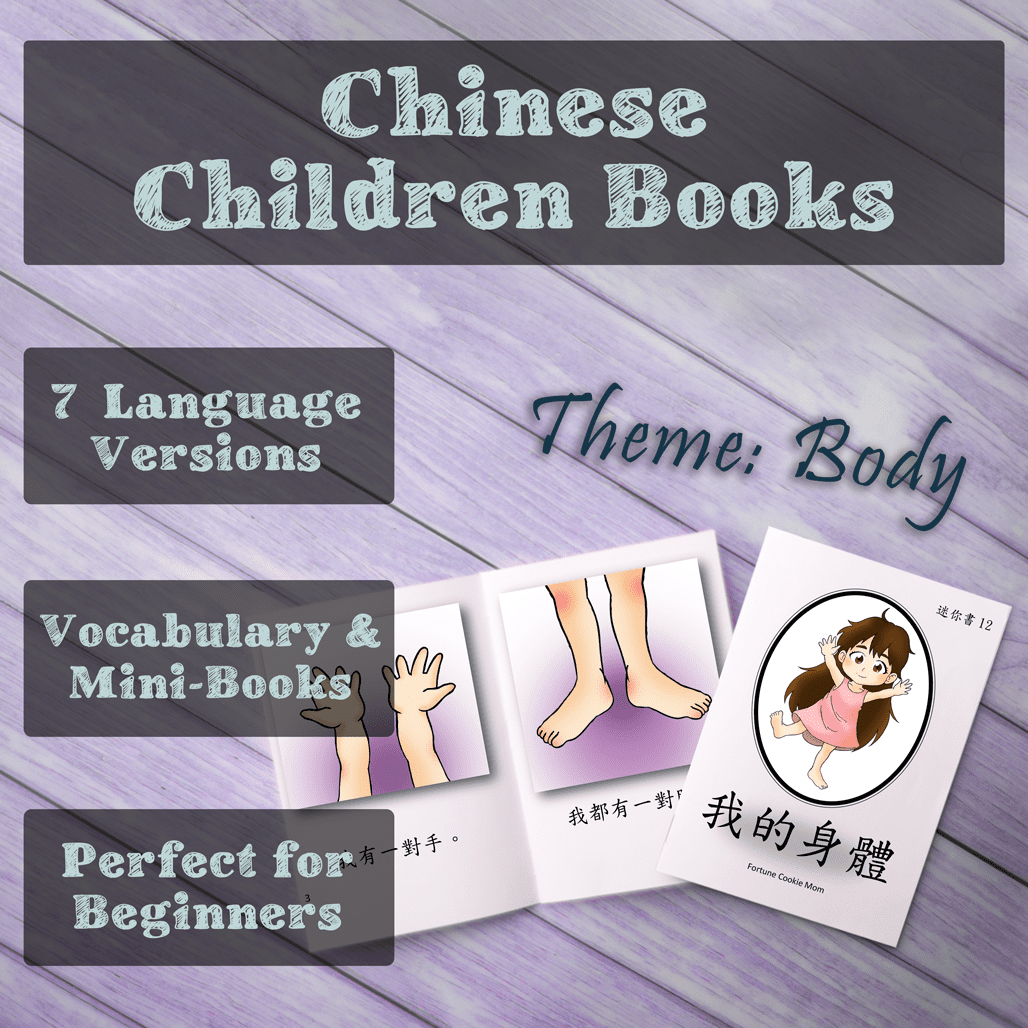
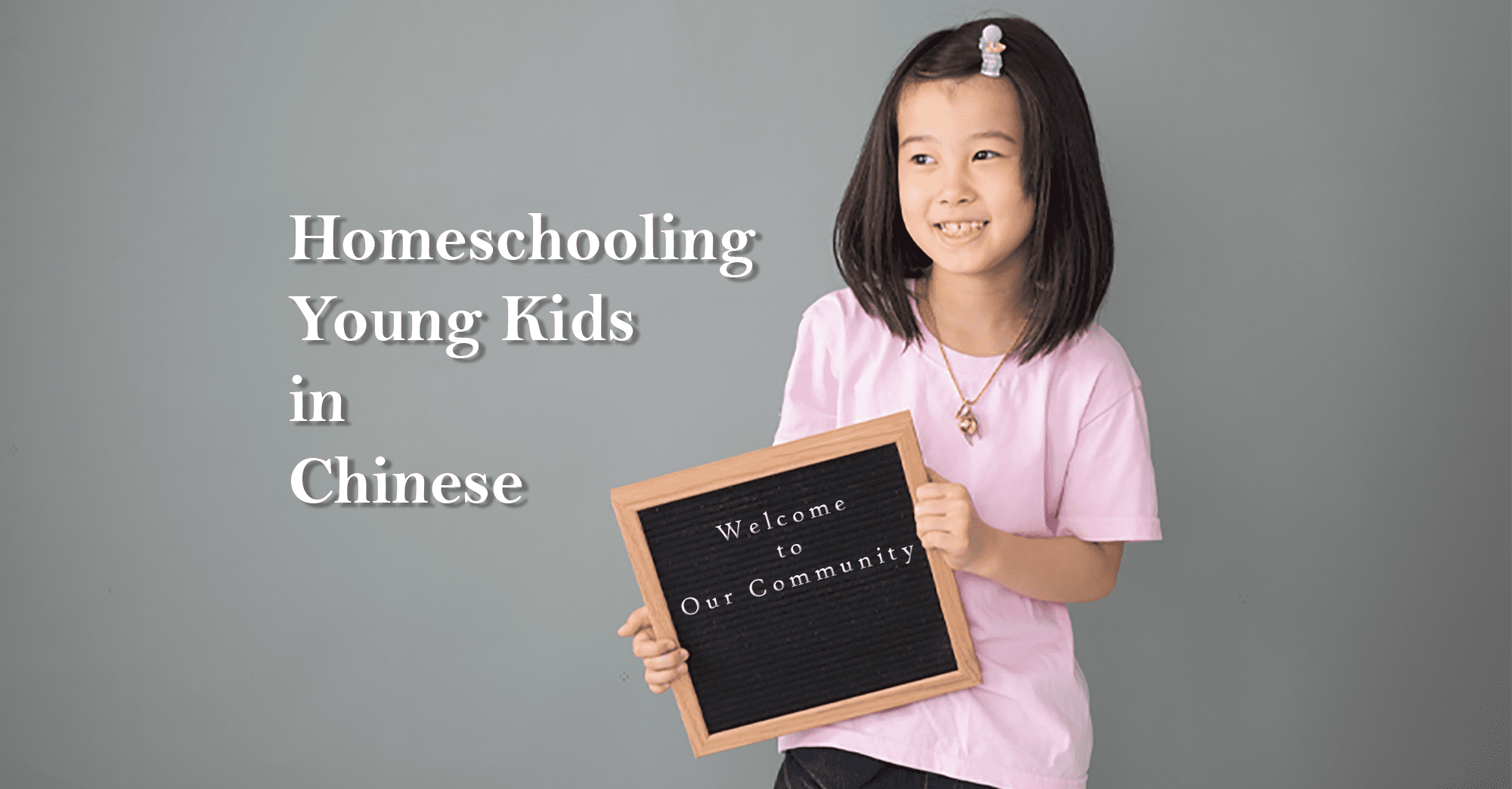

0 Comments